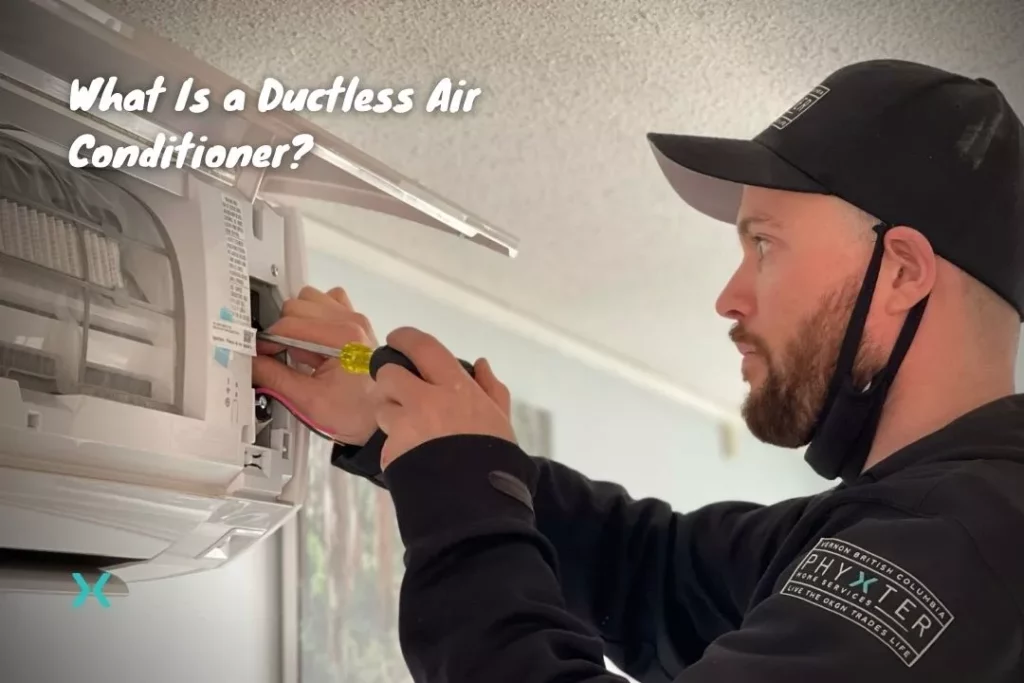Do you still rely on those ugly power-hungry window units to cool down your older home? Or maybe you have a central air conditioning system that doesn’t quite cut it since you added a dormer to expand your attic?
Well, there’s no need to worry since we have a solution for you.
New high-tech ductless air conditioner systems can help solve your home’s most significant climate control issues. In addition, these types of cooling systems are highly efficient, cheaper than traditional central air systems, and highly flexible for customization.
So they are definitely worth considering for your home if you are limited in your options for climate control.
This article will give you an overview of ductless systems, their benefits, and the stuff you need to consider before deciding if ductless mini-split systems are suitable for your entire home.
Table of Contents
What is a Mini-Split Air Conditioner?
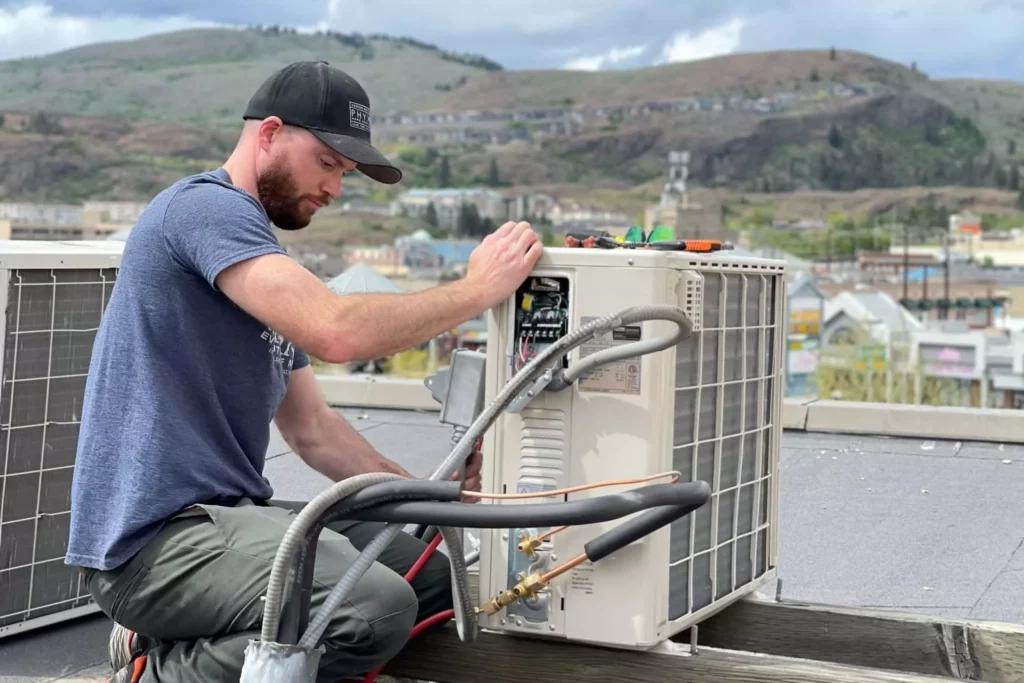
Ductless air conditioning systems, sometimes also called “mini-splits,” have various names.
Depending on which manufacturer or HVAC professional you talk to, you may get a different term.
Mini-splits, split systems, mini-split heat pumps (not the same but similar in application).
Our friends over at Coleman Heating and Air Conditioning simply refer to ductless HVAC systems as mini-split systems.
Installing a ductless air conditioning system involves two main pieces of equipment.
This can be more based on the square footage of your home, but we will get to that in a minute.
These include the outdoor unit containing an outdoor compressor and a condenser unit that compresses refrigerant for the cooling cycle and an indoor unit that contains an evaporator to suck up the heat in your home.
The indoor evaporator coil is encapsulated into an indoor air handler that distributes the cool air. This is what you see mounted on the wall or to the ceiling of your home.
These essential components are connected via a conduit containing refrigerant lines (also known as line sets) and power cables through your home’s exterior walls, eliminating the need for ductwork.
Here’s a quick video from LG showing the layout design of a Mini-split.
The Benefits of Ductless Air Conditioners
❄️ Easy Installation for Older Homes Without a Ductwork System
Phyxter Home Services customers’ most significant reason for considering a Ductless AC system or heat pump is their compatibility with older homes.
Generally, most homes built before the 1970s were not built with integrated central systems because they were not standard back then.
Unfortunately, that means many homes in the US, depending on where you live, were constructed without ductwork.
So the choice for customers with older or historic houses becomes whether to retrofit the building with ductwork—which can get very expensive and time-consuming or just install a ductless mini-split system in part of your home or the whole house.
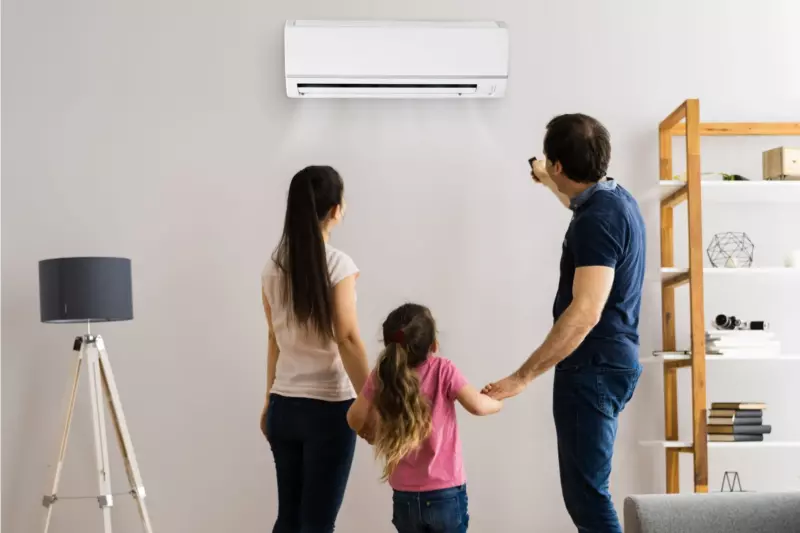
❄️ Highly Customizable Options
When ductless systems first came on the scene in North America a few decades ago, the view was that they had limited ability to cool large indoor spaces.
This equipment was invented in Japan and became popular throughout Asia as a cost-effective way to cool smaller, urban homes that didn’t need the BTU power to cool or heat a larger type of home popular in North America.
Today, however, ductless mini splits are available in an impressive range of power options that make nearly any typical North American residential living space more comfortable.
Ductless systems can be useful for individual rooms to an entire suburban house.
In addition, one of the most significant advantages ductless systems have over traditional ducted systems is zone control.
So, if you like one part of your home to be kept at a different temperature than another, separate indoor air handlers can help you achieve this.
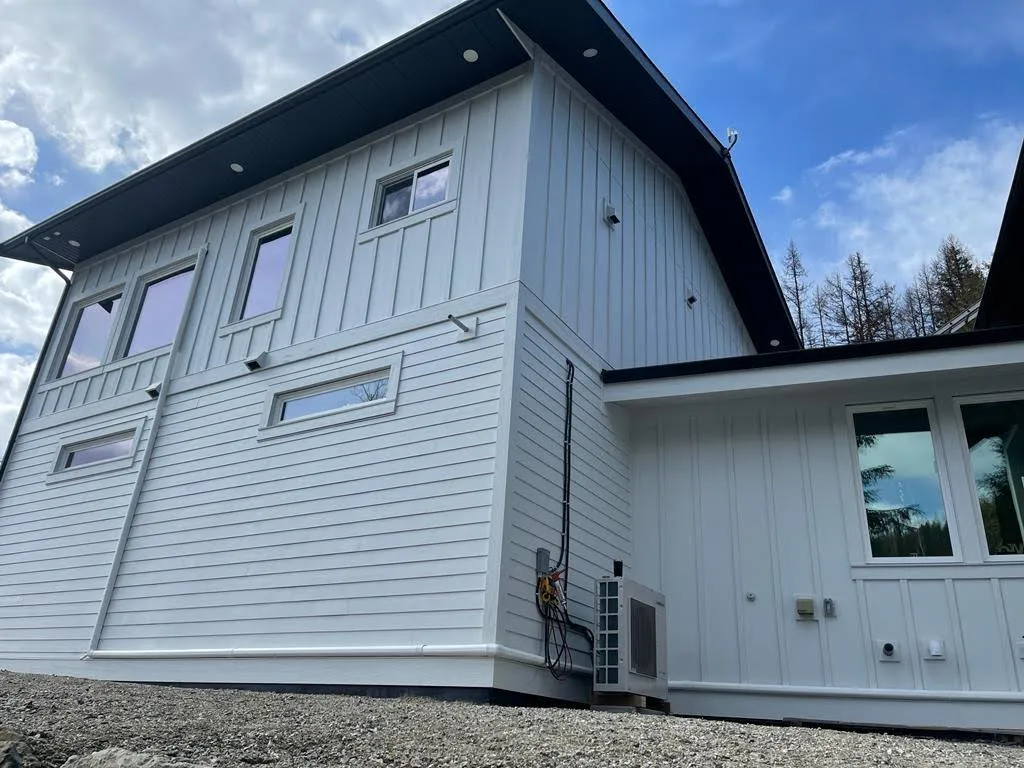
❄️ Higher Energy Efficiency
A ductless system can be incredibly energy efficient compared to ducted central air systems.
However, because ducted AC systems are not zoned, they can suffer from energy loss as high as 25%.
While not a big problem in homes already built with a Central AC system with ductwork, you might want to think twice before installing a ductwork system to connect it to a lesser energy-efficient system.
For the most efficient ductless air conditioning, look for a SEER rating greater than 20.
SEER stands for Seasonal Energy Efficiency Ratio.
The higher the number, the more efficient your cooling system is, which equates to lower utility bills.
❄️ More Allergy-Friendly than a Traditional HVAC System
As we already mentioned, because ducted systems are not zoned, they can have the unfortunate capability of spreading allergens and other unwanted particles throughout your home
Especially if your ductwork is dirty and hasn’t been cleaned in a while or you haven’t changed out your air filters as often as you should, as recommended by the unit’s manufacturer.
A mini-split system requires filter changes on individual indoor air handler units.
Is also important to keep your evaporator coils clean, as they can have a major effect on your AC efficiency.
Still, given that they don’t blow the same air through your whole house, you can more effectively control the spread of allergens and those pesky particles that decrease your indoor air quality.
Sizing Considerations for a Mini-Split
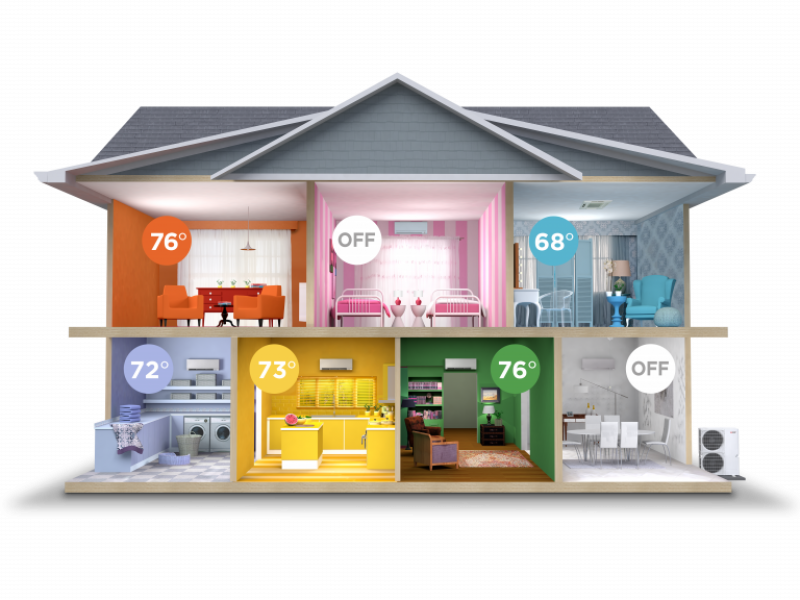
A mini-split system can be sized to accommodate spaces of less than 400 sq. ft. or 37 square meters (m2) for our metric friends and up to about 1,500 sq. ft (approximately 140 m2).
Larger areas can be accommodated by adding more outdoor units around your home and additional air handlers inside.
❄️ How Many Square Feet (or m2) Can the System Cool?
This is a tricky question to answer quickly without conducting a Manual J load calculation on your home, so we can only give a rough estimate of the requirements.
For this very reason, you should always consult a professional HVAC expert to size your system correctly and avoid that dodgy DIY installation.
As a general rule, the breakdown is as follows:
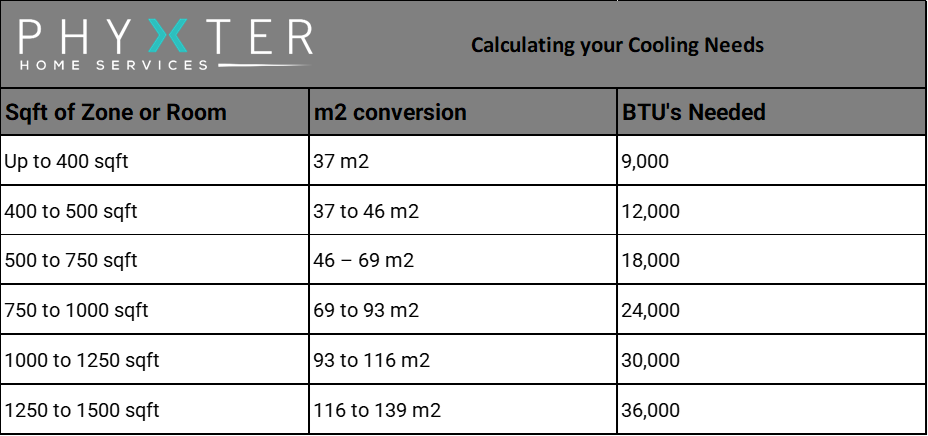
A quick internet search can find mini splits that provide up to a whopping 60,000 BTUs of cooling power.
In addition, companies such as Daikin and LG provide many larger models for larger homes.
For example, a 60,000 BTU-rated mini-split can cool a home up to 3000 sqft with up to 8 multiple indoor units.
The actual requirements for your home will need to be sized correctly via a Manual J load calculation.
This load calculation determines the amount of heating and cooling required to keep its occupants comfortable in extreme weather.
Some of the factors that have to be considered are:
- Number, sizes and efficiency of windows
- The local climate in regards to average high and low temperatures and relative humidity
- Orientation to the sun
- Air-leakage rate of the home
- Air-leakage rate of the duct system
- Quality and amount of insulation installed
- Lighting and heat-generating appliances
- Number and ages of occupants
Other HVAC Considerations

So now you have a better understanding of mini split climate control systems.
But does it sound too good to be true?
As we move through the 21st century, technology constantly evolves, and more options become available.
But, as installers, we know they are often a perfect solution for many big and small homes.
A mini-split system does have a couple of drawbacks.
The largest is the high initial cost of equipment compared to a typical central air conditioning ducted system.
However, since you probably don’t have any ductwork in your home because you searched for this article on the internet, this doesn’t really matter because the cost of installing ductwork can also be a significant investment.
The second big “con” we hear from customers is that the mini split indoor units do not have a lot of aesthetic appeal.
For the most part, they are relatively unobtrusive.
While they don’t stick out like giant brick-like window air conditioners, they don’t come in various styles, designs or colors.
This might be a game-changer if you are a fine connoisseur of beautiful décor.
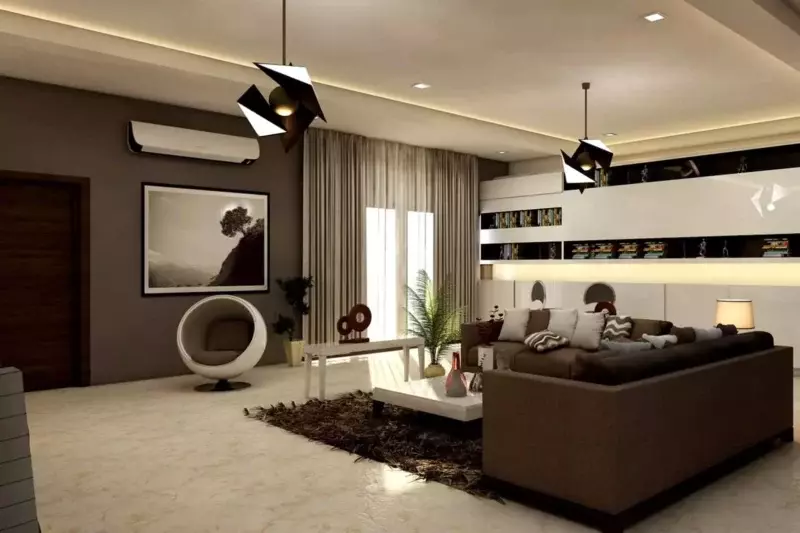
Looking to Install a Ductless AC System in Your Home?
Phyxter Home Services is your first choice as a local and independent ductless mini-split system resource.
We can guide you through the buying process for a mini-split climate control system that’s perfectly sized and installed to meet your home’s needs.
If you live in the North or Central Okanagan region, contact us today to discuss what ductless air conditioner best suits your needs and budget.
Want to learn more about your home’s HVAC system? Check out our other HVAC articles.

